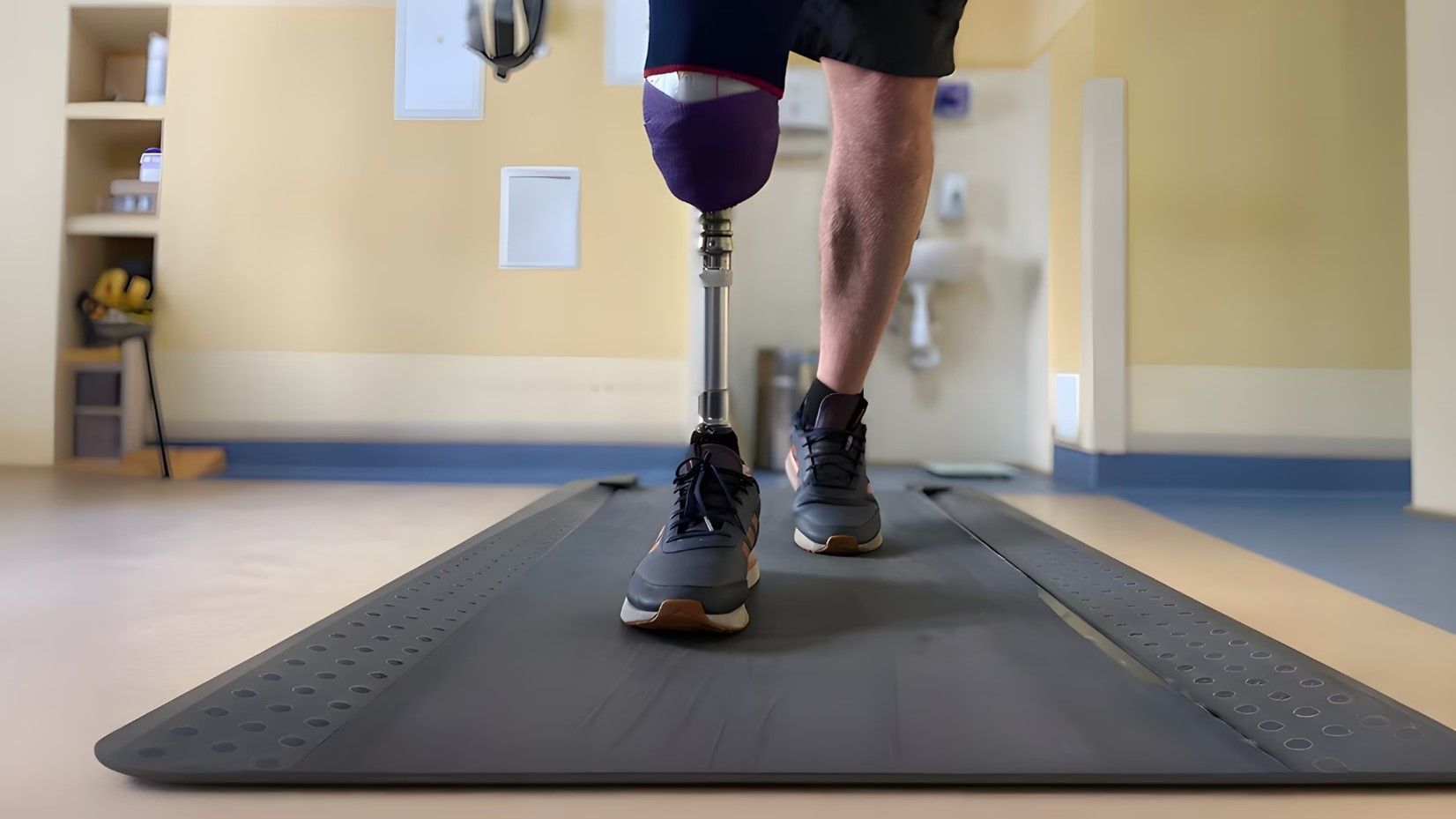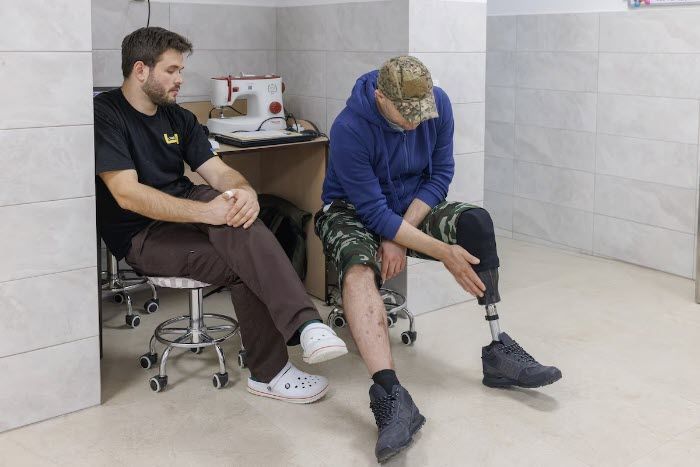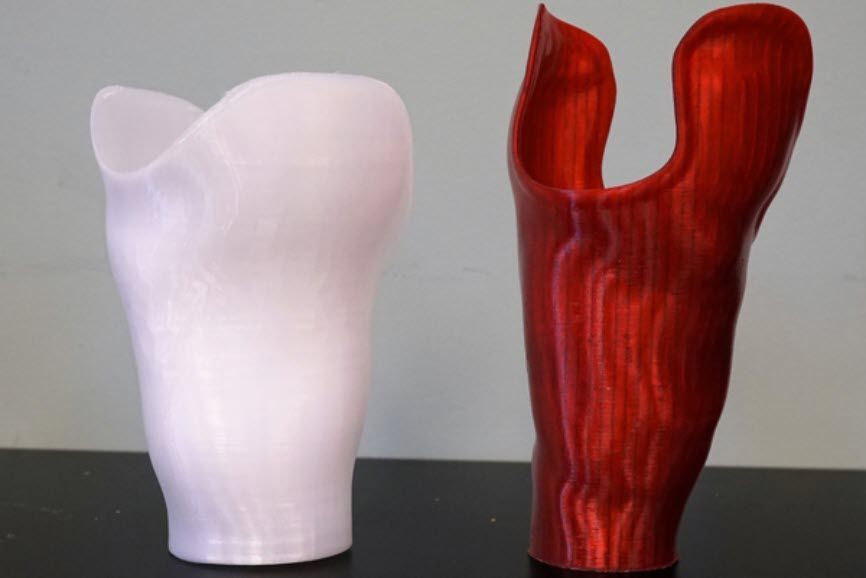Nia Technologies Featured In Report By Mosaic Saying 3D Printing Could Transform Mobility For Millions
For people who are missing limbs, 3D printing can make new prosthetics – faster, cheaper and better. It could transform mobility for millions around the world, reports Ian Birrell in Mosaic (Feb 19, 2017). The following is excerpted from Mosaic’s article. Read the full article here.
Without a prosthetic limb, people struggle to fetch water, to prepare food and, above all, to work. This throws them back on their families and communities, intensifying any hardship and poverty.
One group that has spent almost three decades trying to tackle such issues is Exceed, a British charity set up by diplomats and academics at the request of Cambodia’s government to help thousands of landmine survivors. It works in five Asian countries, training people at schools of prosthetics and orthotics. In Cambodia, there are still almost 9,000 landmine survivors in need of artificial limbs, although these days traffic accidents are a more likely cause of disability, while children also need braces for a range of common conditions such as spina bifida, cerebral palsy and polio.
“If you wear a prosthesis you are disabled for about ten minutes in the morning while you have a shower, then you put your leg on and go to work. If you do not have one, then your hands are out of use with crutches so you can’t even take drinks to the table,” said Carson Harte, a 59-year-old prosthetist and chief executive of Exceed. “Without a prosthesis there are no expectations. You just go back and rely on the goodwill of your family.”
Exceed has begun a seven-month trial of 3D-printed devices in Cambodia with Nia Technologies, an innovative Canadian not-for-profit organisation. “This technology has the potential to increase the productivity of every technician,” said Harte. “It is not about printing off legs, nor does it replace the skills of a well-trained professional, but it has potential to produce a better, faster, more easily repeatable way of doing one key part of the chain. There are no magic bullets, but this may be an important incremental change.
“The key to success so far has been cross-fertilisation: putting engineers and prosthetist orthotists together. Engineers make broad assumptions that are not always right, prosthetist orthotists do not always know what engineers can do. Together we have made more advances in a few months than have been achieved in years, sorting our real problems in real time through collaboration.”
Nia is also trialling its 3D PrintAbility technology in Tanzania and Uganda, where there are only 12 prosthetists to serve a population of about 40 million people – and at the time of writing all six state clinics have run out of materials. Doctors there often deal with children who have lost limbs after falling in open cooking fires, while other youngsters need braces after suffering post-injection paralysis caused by badly administered jabs that damage nerves.
In Uganda their team is working with CoRSU hospital in Kisubi, a specialist rehabilitation centre for children with disabilities. Orthopaedic technician Moses Kaweesa said they found the technology lighter and faster to use, as well as easier for people in remote rural areas. “It used to take five days to have a limb manufactured, with lots of hanging around for the patient. Now it is barely two days, so they spend much less time in the hospital. There is also less waste of material, so for a country like ours this can help so much by cutting down the costs.”
The first person to test out a 3D-printed mobility device was a four-year-old girl who until then had dragged herself across floors and had to be carried around by her family. “When she was born her leg was missing the right foot,” said her older brother. “It was very difficult for her to walk, to play with other children. She can be lonely. But when she was given a leg she was able to run with others, play with others.”
Matt Ratto, Nia’s chief science officer, who led the project’s development, admitted that it was only when he saw the serious-looking child in her red dress start to walk that he realised his technology actually worked. But, like Harte, he urges caution. “We are surrounded by the hype of 3D printing with crazy, ridiculous claims being made,” he said. “We must be cautious. A lot of these technologies fail not for engineering reasons but because they are not designed for the developing world. You can’t just smash in these new technologies.
“A lot of what we are doing is social innovation. People think you are threatening to replace prosthetists, which is a problem since they can be hesitant to embrace it just like in the developing world. We are trying to develop a bridge between the North and South but we have to work with the people on the ground to build their capacity. They are the experts – and they are deeply interested in doing whatever they can to get the children walking.”
Ratto’s aim is to use their technology to fit 8,000 people with 3D-printed mobility devices within five years, across some 20 sites in low-income countries. “My sense if we get this right is that the growth can be exponential. If we iron out the kinks and work out the best way to help clinicians I think we will see something of a hockey-stick curve on the graph. But we must not get it wrong, move too fast nor over-hype the potential.”
This article first appeared in Mosaic and is partially republished here under a Creative Commons licence.




